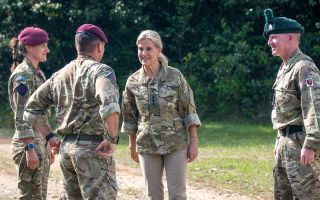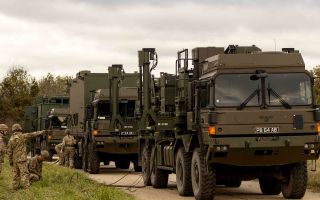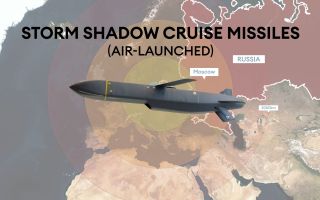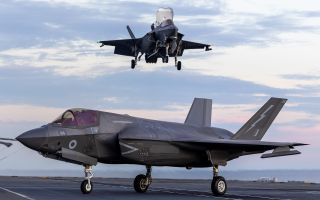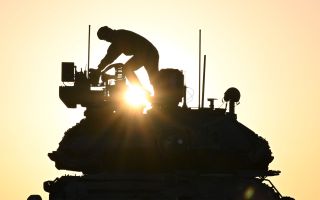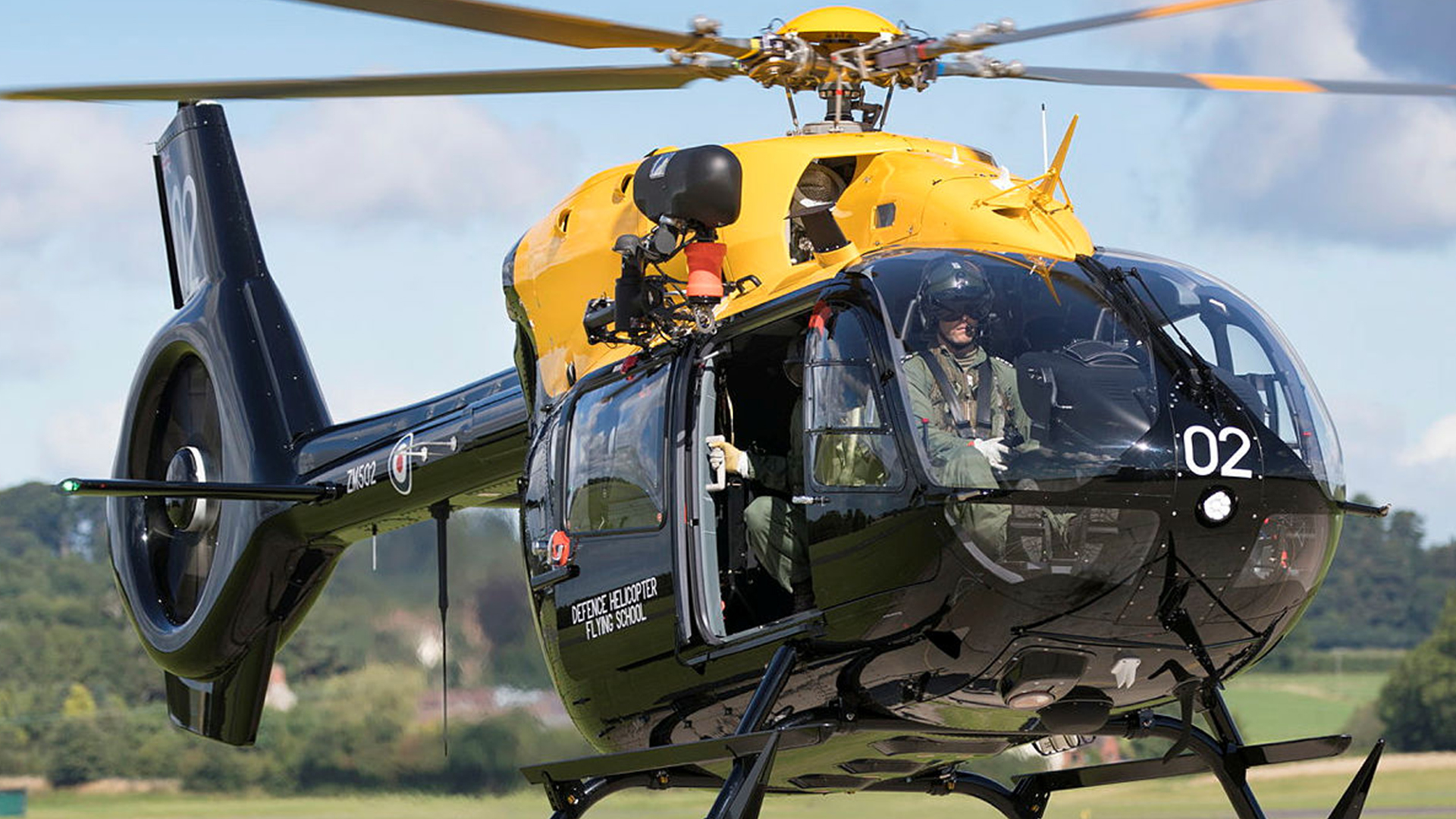
All change: RAF Jupiter helicopter to take on Puma's role in Cyprus and Brunei

The RAF's Jupiter helicopter is set to take over the work carried out by the Puma in Cyprus and Brunei once the long-serving helicopter is decommissioned.
Group Captain Simon Cloke, the station commander at RAF Akrotiri in Cyprus, told BFBS Forces News there would be a transitional period.
He said a full replacement was not expected until 2026, despite the Puma being decommissioned in March next year.
The Jupiter HT1, which is also known as the H145, is currently used at RAF Valley and RAF Shawbury to provide advanced rotary wing flying training.
Gp Capt Cloke said: "Defence has purchased six new H145 helicopters from Airbus, and these will enter service in 2026 in Cyprus and in Brunei.
"Planning is already underway to see what can be done to develop other measures to mitigate that short gap in the capability before H145 arrives."
Its ageing counterpart, the Puma HC2, is a medium-lift support helicopter that has been used in a variety of roles, including the tactical movement of troops, weapons, ammunition stores and search-and-rescue operations.
The loss of the RAF's Puma fleet was announced last week by Defence Secretary John Healy and is one of a number of measures designed to save £500m by retiring old military equipment early.
Gp Capt Cloke said not all personnel from the Puma squadron would transition to work with the Jupiter and would need to be reassigned to other areas.
"Nobody's going to lose their job, but we need to work with each individual on that squadron to enable them to come up with a plan for the future. Some will remain on H145, others will go to other areas of defence," he explained.

The Jupiter HT1/H145, is a versatile, twin-engine, light utility helicopter known for its compact design, advanced technology and operational flexibility.
It can carry up to 10 passengers with one or two pilots.
It is a maintenance-friendly aircraft, with increased availability and reduced operating costs.
The more modern aircraft has a monitoring system that can predict when it requires maintenance, reducing unplanned time on the ground.
This means it has lower operational and maintenance costs compared with the Puma HC2, due to its newer technology and more efficient engines.
However the Puma's maximum speed is 309km/h, slightly faster than the H145, which is about 250 km/h,, due to the Puma’s larger engines and greater power.
But the H145 is smaller and more agile, requiring less maintenance.
It is also better suited for operations in confined spaces, such as urban areas, tight landing zones and remote locations where larger aircraft may struggle.
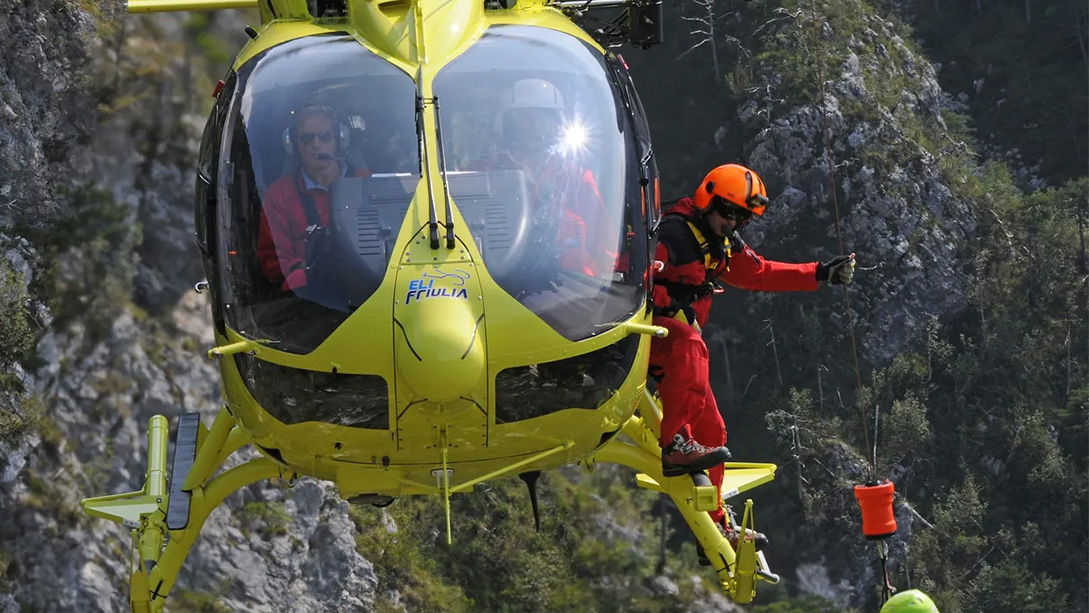
The Puma HC2 has been a dependable and valuable workhorse, being crucial in a number of previous deployments.
Three aircraft spent six years in Afghanistan alongside 50 personnel from both 33 Squadron and 230 Squadron, helping Nato's Resolute Support Mission, which began in 2015.
Air Vice Marshal Nigel Colman, the commander of Joint Helicopter Command, said the Puma detachment did a "superb job".
"Their contribution over such a sustained period has been second to none and they can be incredibly proud of the significant part they played," he said.
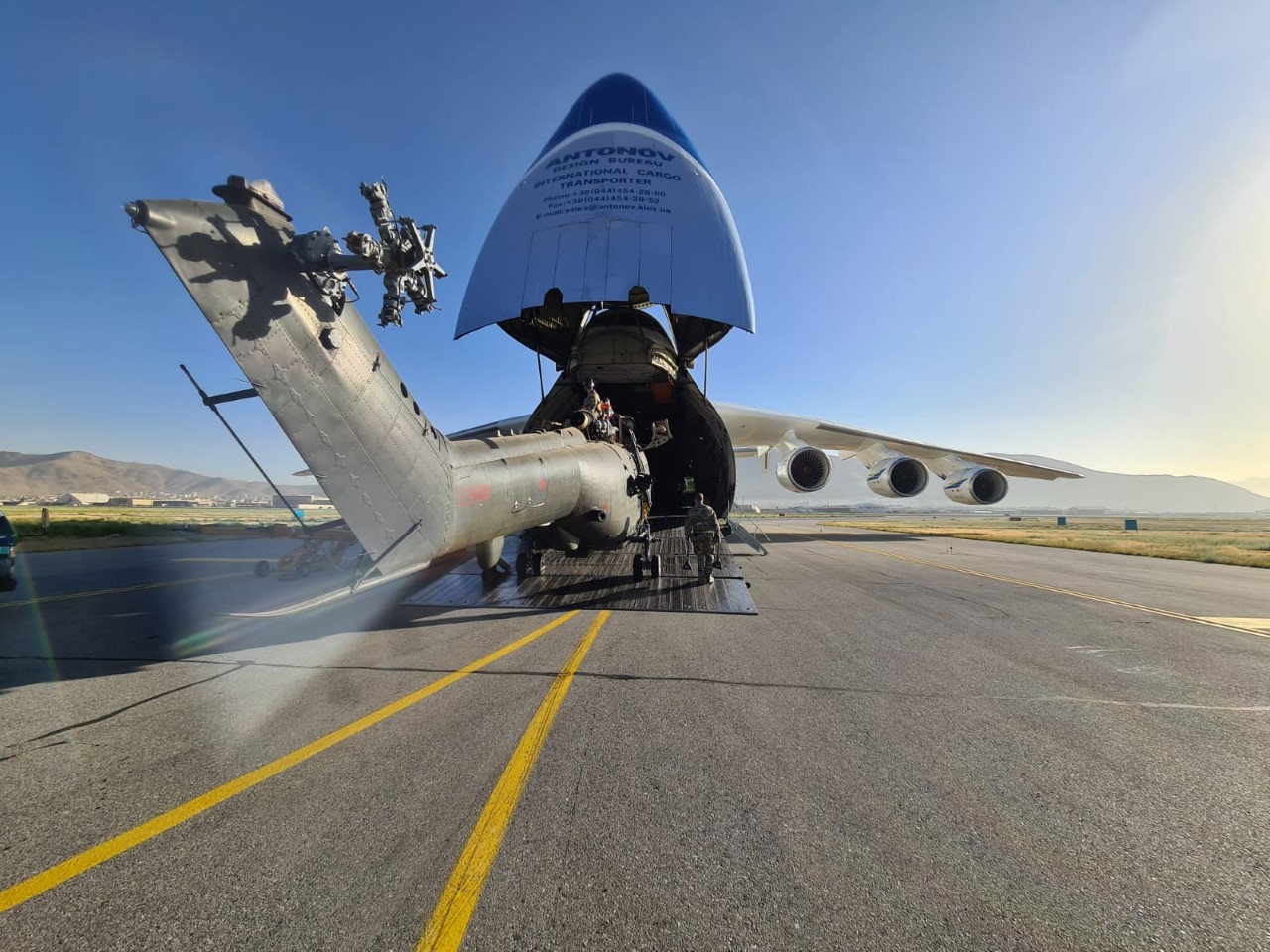
During the deployment, the Pumas flew 12,800 hours, the equivalent of more than 533 days in the air, transported 126,000 passengers and moved 660,000kg of freight.
Fourteen CH-47 Chinooks are also being retired as part of the Government’s cuts, representing 25% of the RAF’s Chinook heavy-lift fleet.


